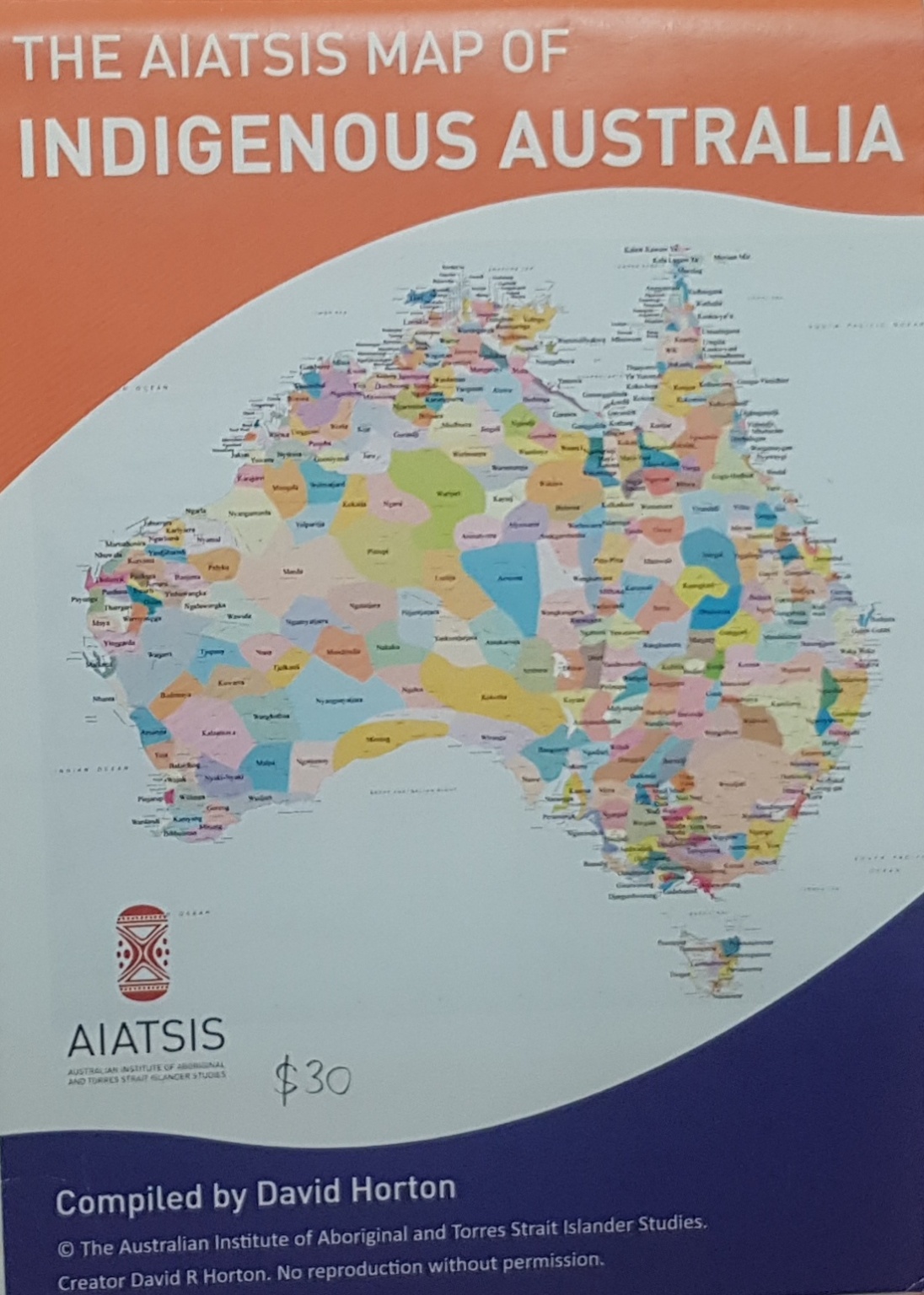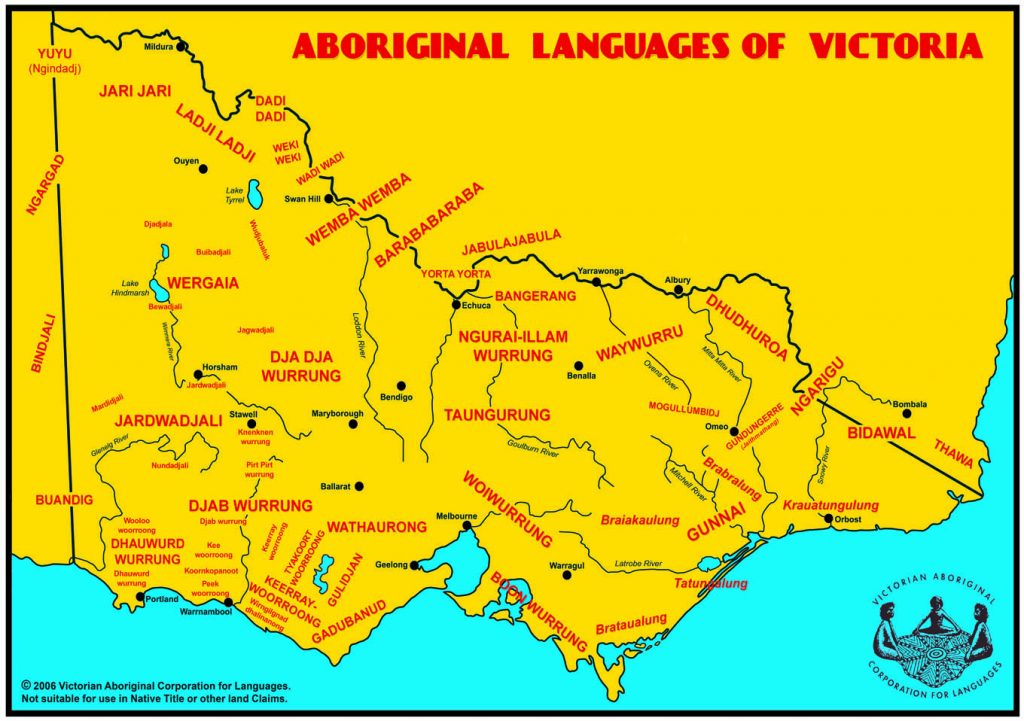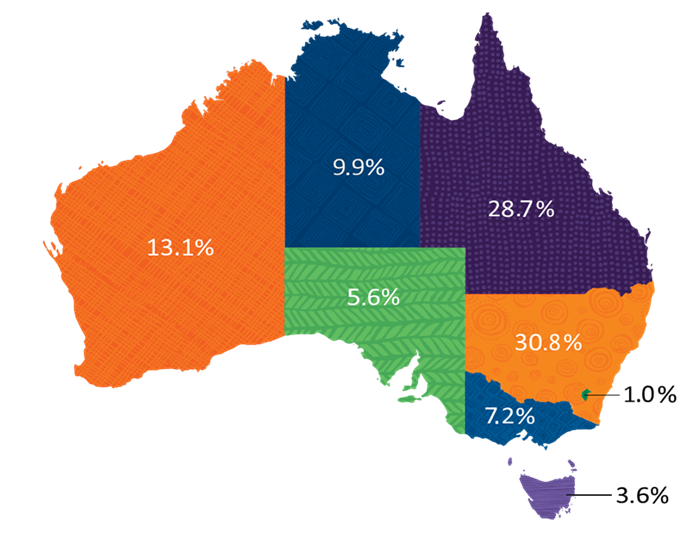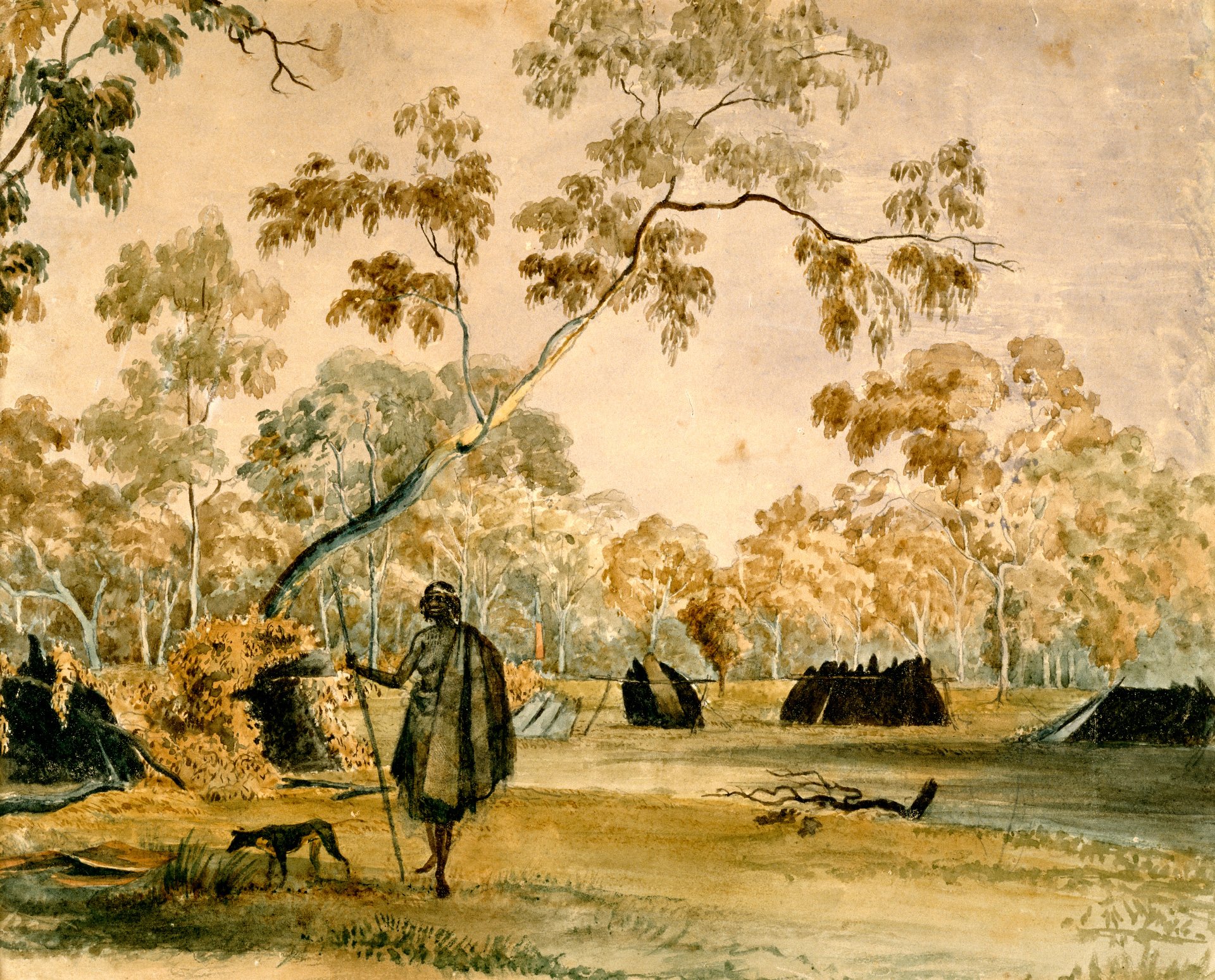Uncovering Australia’s Indigenous Heritage: A Guide to Aboriginal Reserves on Maps
Uncovering Australia’s Indigenous Heritage: A Guide to Aboriginal Reserves on Maps

Australia’s rich and ancient Indigenous history is woven into the very fabric of the land. Understanding this history requires acknowledging the existence and significance of Aboriginal reserves, areas designated for the use and benefit of Indigenous Australians. These reserves are not just geographical locations; they represent a complex tapestry of cultural heritage, land rights, and ongoing struggles for self-determination. This article serves as a comprehensive guide to navigating the map of Aboriginal reserves, shedding light on their historical context, current status, and their vital role in preserving Indigenous culture and identity.
The Complex History of Aboriginal Reserves:
Related Articles: Uncovering Australia’s Indigenous Heritage: A Guide to Aboriginal Reserves on Maps
- The Melodies Of The Outback: Exploring The Unique Musical Instruments Of Australia
- A Taste Of The Outback: Exploring Australia’s Unique Native Fruits
- Unveiling The Beauty: A Guide To Romantic Aboriginal Australian Names
- The Wisdom Of The Ancestors: Uncovering The Timeless Knowledge Of Indigenous Australia
- The Lingua Franca Of Australia: Exploring The Official Language And Its Rich Linguistic Landscape
The story of Aboriginal reserves in Australia is inextricably linked to the tragic history of colonization and dispossession. Prior to European settlement, Indigenous Australians held a deep and profound connection to their ancestral lands, governed by intricate systems of law, governance, and spiritual connection. However, the arrival of European settlers in the 1700s marked a devastating shift. The concept of "terra nullius" – the belief that the land was empty and available for taking – paved the way for the systematic displacement and dispossession of Indigenous Australians.
From the late 19th century onwards, the Australian government implemented policies of forced removal and segregation, culminating in the establishment of reserves. These reserves were often located on marginal land, often deemed unsuitable for European settlement, and were intended to isolate Indigenous communities from mainstream society. The harsh living conditions, limited resources, and lack of access to education and healthcare on many reserves contributed to significant social and economic disadvantage for Indigenous Australians.
The Fight for Recognition and Self-Determination:
Despite the hardships faced, Indigenous Australians never relinquished their claim to their ancestral lands. Throughout the 20th century, they tirelessly fought for recognition of their rights and the right to self-determination. The 1967 referendum, which granted Indigenous Australians the right to be counted in the census and gave the Commonwealth government the power to legislate for them, marked a significant step forward.
However, the struggle for land rights and self-determination continues. The landmark Mabo decision in 1992 recognized native title, acknowledging the Indigenous ownership of land prior to European settlement. This decision paved the way for the Native




Closure
Thus, we hope this article has provided valuable insights into Uncovering Australia’s Indigenous Heritage: A Guide to Aboriginal Reserves on Maps. We thank you for taking the time to read this article. See you in our next article!